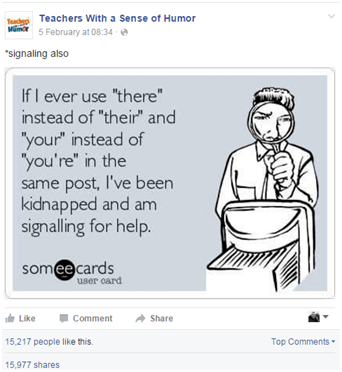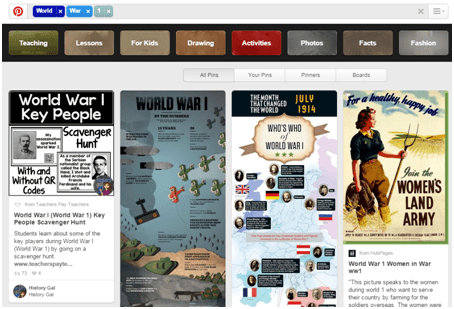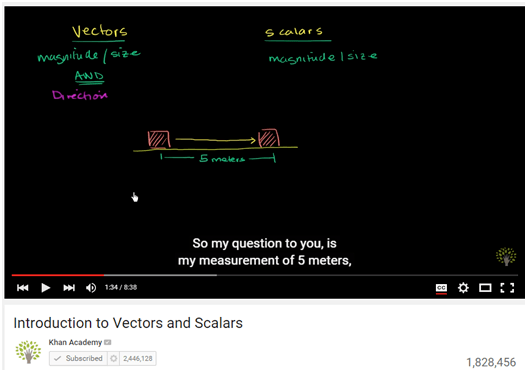How To Use Social Media As Learning Tools
If you ask students who their favorite teacher is, they will probably name the one who’s constantly present on Facebook, answering their questions and posting links to content that makes learning fun. You can become that person if you start using social media as learning tools. Read on; we’ll show you 5 tricks that will reveal the new face of education thanks to Facebook, Twitter, and other platforms you can use.
1. Create a Facebook group for your class.

This is where the magic starts. Almost every teacher has created a Facebook group for their class, but not everyone knows how to use it. There are few ways you can put that group to good use:
- Share something that will make your students laugh.
- Post notes to remind your students about the instructions of important assignments, as well as the submission deadlines.
- Encourage your students to post links to great online resources related to the curriculum. You can give extra points for this activity.
- Set discussion topics every week. Think of a topic close to the most engaging lesson of the week, and invite everyone to discuss. You have to motivate the students to participate, so ask relaxed questions that will make them think, but won’t stress them out.
- Allow and encourage the students to ask any question they have. If they don’t know how to handle the assignment, help them surpass the difficulties they face.
- Discover motivational TED talks and post them in the group. There are many successful people who made progress because they had great goals and worked hard to achieve them. There is hardly a better motivator for learning than a great TED talk.
- Constantly search for new online resources that make learning fun, and share the links in the group. Then, ask your students to watch/read/listen to those materials and share their opinions during class.
2. Use blogging for students’ homework assignments.

How about using blogging as a tool for homework assignment submission? Each student can have a personal blog where they will share book reviews, history research papers, and other assignments they usually submit in print. This is a much better option, since everyone will be able to see what the others have done with the topic, so the healthy competitive spirit will drive them forward.
When you assign team projects, you can ask several “bloggers” to collaborate within a group and publish different parts of the finished paper on each blog.
Of course, you should also have a blog. You can use it for posting discussion topics and inviting everyone to comment. In addition, you can post weekly updates for the lectures you just went through, so the students who missed the classes will keep up with the coursework.
3. Use Twitter for bringing fun into the classroom.
Most educators interested in introducing social media into the teaching processes are focused on Facebook. They perceive Twitter as a network that’s mostly used for fun. The fun aspect of Twitter is not necessarily a bad thing.

You can introduce a daily hashtag related to a certain topic you elaborated in class, and ask each student to discover a fun fact related to it. Then, they should post a tweet under that hashtag, and the entire class will follow the activity. This is a great way for the students to realize how the things they learn at school are being implemented in the real world. For example, you can set #spiders for a daily hashtag and start posting fun facts like no 2 #spider webs are the same. Then, ask your students to dig through online resources and discover their own fun facts about spiders. You can all discuss the information you find the next day in class.
Twitter is also a great place for you to get connected with other teachers. You can support each other and share tricks and resources that help you do your job.
4. Pinterest for pinning educational resources.
You know how hard it is to keep all important online content in the browser’s bookmarks. You keep losing the resources you need no matter how hard you try to organize the toolbar. Pinterest is a great platform for organizing educational resources. When you browse and locate something you could use – you just pin it in a board you created for the relevant category.

You can also use Pinterest as a search engine for educational content. Just write your topic in the search bar and you’ll discover some cool resources you can present in the classroom.
Needless to say, you can share the boards with your students, so they can explore them in their free time and expand the knowledge they gain in the classroom. Ask them to create their own boards with educational resources, so you’ll understand what each individual is mostly interested in. For example, one student will mostly pin resources from the area of history, and others will be interested in literature. From then on, you can encourage them to explore their strengths further.
5. Use YouTube for the flipped classroom concept.
This video sharing platform is a great option for introducing the flipped classroom concept into your teaching methods. You can share educational lectures and resources in video format, and expect your students to watch the material instead of writing homework. Then, you can discuss the lecture and do the homework in class.
This concept requires more work on your part, since you’ll have to record the lessons and edit the videos. However, you can substitute that effort by telling your students to view free educational videos that have been published by popular YouTubers.

Here is another way to become the coolest teacher at the school thanks to YouTube: tell your students to film themselves making presentations of the projects you assign, and then post the videos on the channel.
Social Media Platforms Are Useful When Teachers Know How To Use Them
The above-listed tips probably gave you a new perspective on the way you can use social media as learning tools that fit into your teaching methods. These activities will require you to invest some of your free time. Of course it’s easier to show up in the classroom, present the lecture and expect the students to do their part of the work.
However, the efforts you put into social media activity will yield great results. You’ll finally start seeing enthusiastic faces in the classroom, since your students will realize how fun learning can be. Start using social media platforms as learning tools, and you’ll soon notice you’re making a big difference into the way your students perceive education.







